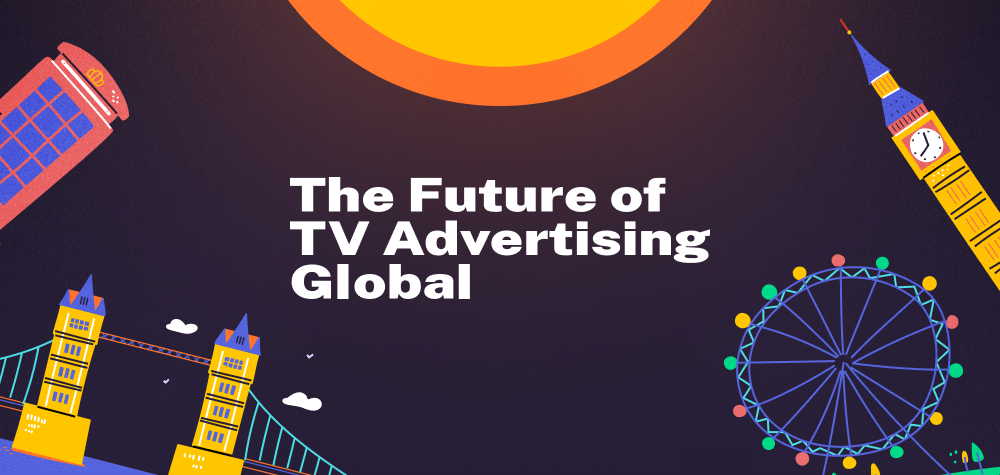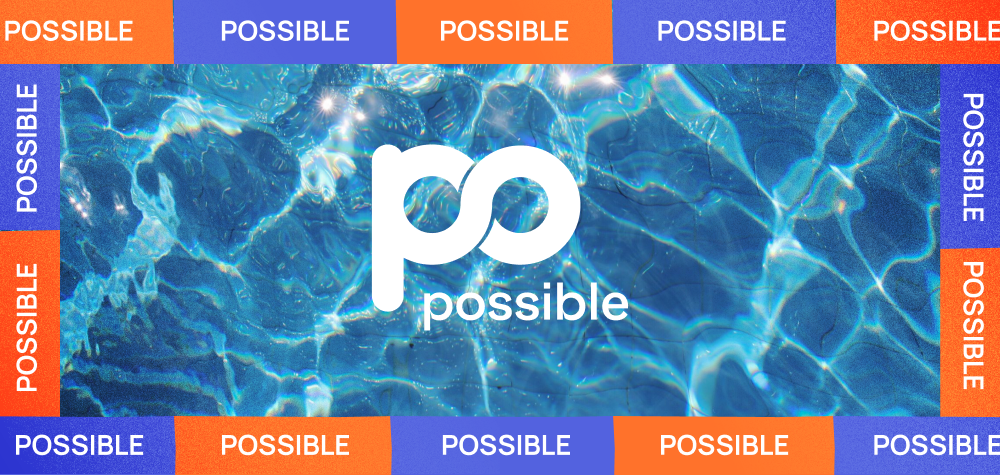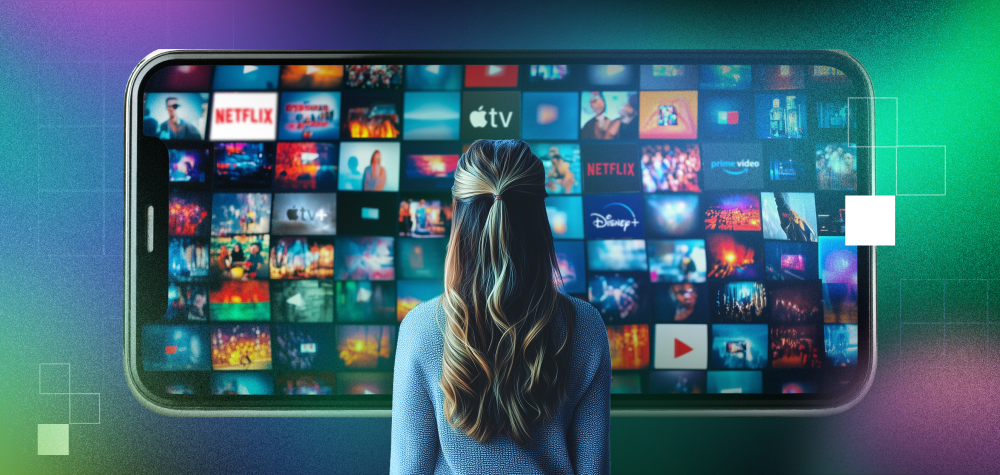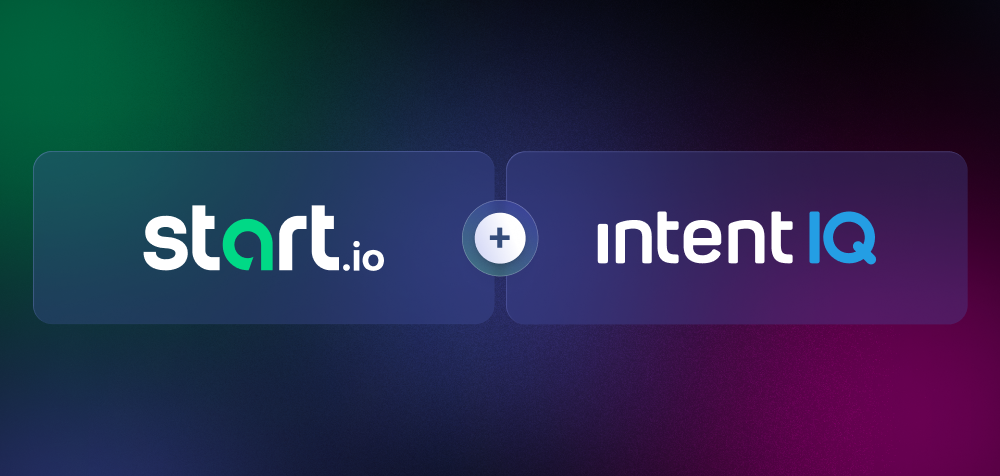Our team just got back from the Future of TV Advertising conference in London, where we had great conversations with brands, advertising agencies, and partners about the future potential (and current challenges) of connected TV.
Linear TV advertising is catching up with the sophistication and targeting capabilities of digital advertising. TV is well known for its ability to deliver top-of-the-funnel brand awareness, and now a whole new ecosystem is emerging with the introduction of television’s ad stack.
Big takeaways from this conference, from Start.io Chief Marketing Officer, Omri Barnes:
Ad-supported CTV is here, and growing
First, linear TV is not going anywhere anytime soon. In the U.S., cable TV subscriptions peaked in 2011, when nearly 91 percent of households with TVs were subscribed to a cable package. Today, that number sits at roughly 61 percent, according to Nielsen.
Cord-cutters have shifted to subscription video, and full integration of linear TV and connected TV is now on the horizon.
The pandemic sparked a massive boost in new subscribers to paid streaming services around the world. Growth in new subscribers has been slower in 2022 and 2023, which has led platforms like Amazon Prime Video, Netflix, Max, Disney+ and others to introduce cheaper, ad-supported subscription plans.
This change has sparked a race in the advertising technology ecosystem to supply CTV providers with digital ads.
Ad tech is complex with or without CTV
The advertising technology ecosystem has evolved significantly over the past decade: There’s been a global patchwork of new privacy regulations in different countries, the standardization of video and display ads, evolving tracking methodologies, transparency requirements, and the ongoing evolution of devices and operating systems.
TV providers joining the ad tech ecosystem means another layer of complexity. Traditional ad tech companies have already solved a lot of the big challenges in CTV ads, but not all: Today, the central missing piece crucial for CTV ad success is tracking and attribution.
CTV ads bring different requirements, and the funnel isn’t similar to other devices, but the need is obvious.
Brand marketing is performance marketing
The traditional distinction between performance marketing and brand marketing is being eliminated.
In the past, brand marketing campaigns involved big budgets and splashy ads at the top of the funnel, and had somewhat nebulous measurements of success, such as a brand recognition and recall surveys. Performance marketing typically owned the middle and bottom of the funnel and had more concrete measurements of success.
It may take a couple years, but the connectivity of most ad supply sources, including digital out of home (DOOH), CTV, and other innovative ad formats, will give brands the ability to apply concrete, performance marketing measurements throughout the funnel.
Brand marketing encompasses a broad scope of activities that—in the new era of advertising—can and should be measured and analyzed constantly.
The bottom line: Welcome, connected TV
Performance marketing and brand marketing no longer exist, there is only marketing. Both practices will blend into a single, seamless, data-driven approach.
With TV ads joining the IP-based advertising ecosystem, the ad tech revolution is complete. Innovation is exponential, so the transition to high-performing, personalized CTV ads will happen much faster than the average consumer thinks.
For more info, reach out to us.



